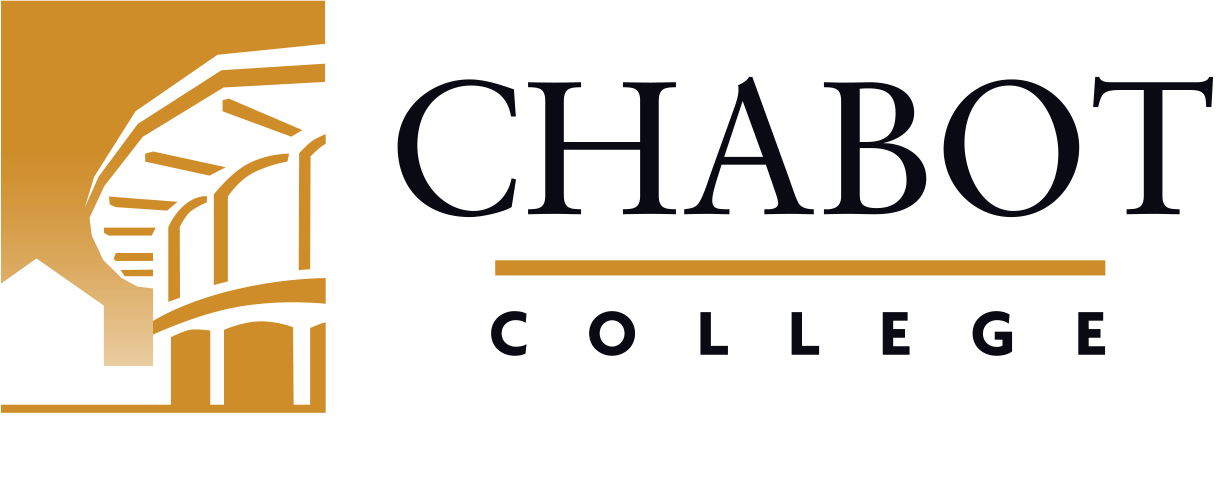
Course Outline for Art 7A
Introduction to Watercolor Painting
Effective: Fall 2020
SLO Rev: 04/25/2019
SLO Rev: 04/25/2019
Catalog Description:
ART 7A - Introduction to Watercolor Painting
3.00 Units
The student will learn materials, methods, techniques and watch demonstrations of transparent watercolor painting, including its effects and possibilities. The student will work with the instructor to maximize watercolor painting skills during class and at home.
Strongly Recommended: ART 2A.
1002.10 - Painting and Drawing
Optional
| Type | Units | Inside of Class Hours | Outside of Class Hours | Total Student Learning Hours |
|---|---|---|---|---|
| Lecture | 2.00 | 36.00 | 72.00 | 108.00 |
| Laboratory | 1.00 | 72.00 | 0.00 | 72.00 |
| Total | 3.00 | 108.00 | 72.00 | 180.00 |
Measurable Objectives:
Upon completion of this course, the student should be able to:
- create paintings that evince a working knowledge of the physical properties of watercolor;
- organize and apply the basic formal elements and principles of design in paintings;
- apply the principles of perceptually and theoretically based color theory to painting projects;
- construct and prepare painting surfaces and supports;
- develop expressive content through manipulation of mark, color, value, and composition;
- examine and describe historical and contemporary developments, trends, materials, and approaches in painting;
- assess and critique paintings in group, individual, and written contexts using relevant critique formats, concepts and terminology;
- safely handle and use studio painting materials and equipment.
Course Content:
Course Content:
- Exploration of physical properties of painting materials:
- transparent to opaque paints
- the dry wash, wet wash and dry brush techniques
- value studies and color compositions
- color mixing
- Observationally and theoretically based investigation of color theory, as it relates to painting practice.
- Construction and preparation of painting surfaces and supports
- stretched and unstretched paper
- cold, hot and rough surfaces and weight of paper
- rag content: none, 50% and 100% rag
- Use and application of materials and tools of painting.
- wet washes:
- flat
- variegated
- graded
- dry wash:
- layering,
- glazing and
- island dry wash
- dry brush
- combine wet wash, dry wash and dry brush
- pick-up techniques:
- dry
- wet
- mask-out techniques
- paint with other items besides a brush
- Development of expressive content through manipulation of mark, color, value, and composition.
- Historical and contemporary developments, critical trends, materials, and approaches in painting, including representational, expressive, abstract, or non-objective approaches.
- Critical evaluation and critique of class projects using relevant terminology in oral or written formats.
- Studio, equipment, and material use and safety.
Laboratory Activities:
- Exploration of physical properties of painting materials.
- Organization and application of the basic formal elements and principles of design as they relate to painting.
- Safety rules and procedures related to the handling of painting materials.
- Evaluation and application of basic principles of color theory.
- Construction and preparation of painting surfaces and supports.
- Materials and tools of painting.
Methods of Instruction:
- Critiques
- Lecture/Discussion
- Demonstration/Exercise
- Activity play
- Distance Education
- Participation
- Slides, videos, DVDs
Assignments and Methods of Evaluating Student Progress:
- Paint a watercolor painting using all three basic put-down techniques; start with wet wash, continue with dry wash and finish with dry brush. Through this project students will learn about the construction and preparation of painting surfaces and supports.
- Paint three pictures where the emphasis in each painting changes from the foreground to the middle ground and finally to the background. Through this painting students will explore the physical properties of painting using basic application of color theory.
- Paint a watercolor painting using positive and negative shapes. Students will use the application of the basic formal elements and principles of design to organize the painting. Through this project the student will learn about the materials and tools of painting, in addition to following the safety rules and procedures related to the safe handling of painting materials.
- Written assignments
- Quizzes
- Portfolios
- Critique
Upon the completion of this course, the student should be able to:
- paint and manipulate materials, basic methods and beginning techniques unique to transparent water color;
- demonstrate the basic watercolor value contrasts necessary for a successful painting.
- demonstrate color and composition through the use of watercolor.
Textbooks (Typical):
- Edwards, Betty (2016). Color TarcherPerigee.
- Material List to be provided at the start of course, to include various brushes, watercolor paints, palette, transportation container, papers and other items such as easel, sponges, etc.
Abbreviated Class Schedule Description:
Introduction to the materials, methods, techniques of watercolor painting. Students will create watercolor paintings, exploring its effects and possibilities.
Strongly Recommended: ART 2A.